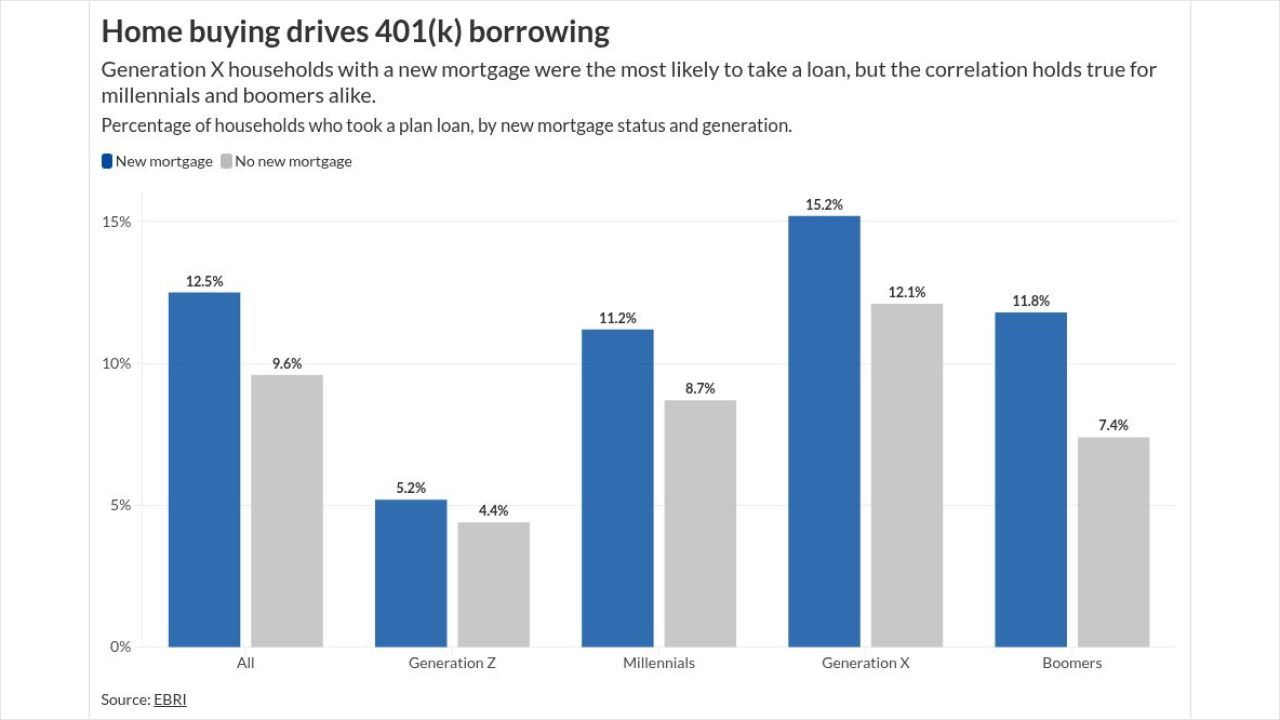Congress is on the verge of passing a bill called
Reform is badly needed. Our current retirement system is inefficient and patchy, and the system disproportionately benefits those with high incomes. Most workers lack consistent
Even for workers with an employer-sponsored plan, there are issues of portability and inefficiency. After age 25, workers have, on average,
And yet Secure 2.0 does little to spread retirement plans to the 57-63 million workers without one or make marked improvements for workers who have an inadequate plan.
The people the legislation is most likely to help are professionals in the retail money management industry and households with substantial assets. Provisions in the bill will help the wealthy avoid paying taxes by raising the age people are
But because it's so hard to save any money on a low income, these changes will do little to help the working poor save more for retirement; they also seem unlikely to help manual laborers who often must retire earlier after a life of hard, physical work.
Yes, there are some provisions for low-income and left-behind workers, notably a refundable tax credit that needy workers can use for non-retirement purposes. Refundable tax credits go into a worker's retirement account, but the worker can withdraw it before retirement. Beginning in 2024, workers would be allowed to take an early "emergency" distribution of up to $1,000 once a year from the retirement account to cover financial needs. The 10% tax that applies to early distributions is waived. This is a double-edged sword; emergency savings is good, but easy withdrawal from retirement accounts is not.
In hopes of expanding coverage, Secure 2.0 requires newly created employer plans to automatically enroll workers unless workers opt out. This sounds like a good idea, but the impact may be limited. Existing plans do not have to automatically enroll all workers. And crucially, many employers don't bother to create a plan, so it doesn't really matter if auto-enrollment is required.
A better plan is the universal coverage offered by RSSA. That was a big, bold idea — also bipartisan — introduced mid-December in the Senate by John Hickenlooper and Thom Tillis, and sponsored in the House by Terri Sewell and Lloyd Smucker. (It will be introduced again in the new Congress.) This bold plan proposed a single retirement 401(k)-type plan run by the federal government for workers without an employer-sponsored retirement plan.
RSSA solves the problems of non-universal coverage, portability and inefficiency. In this new bill, workers without a plan would be automatically enrolled in an American Worker Retirement Plan (AWRP), at a 3% contribution rate and slotted into a low-fee diversified investment fund. And workers get a match, not from the employer but the federal government. Low and moderate earners would receive government matches in the form of a refundable tax credit. What I like about RSSA is that it really forces a retirement plan to be a retirement plan — not emergency money for medical expenses or a payment towards an adult child's house.
The Secure 2.0 bill, although well intentioned, is inferior to RSSA. It is being sold as a solution to the retirement crisis — but it is really a victory for brokers, with gaping holes leaving behind about 60 million workers. With this much bipartisan support for serious retirement reform, Americans could have gotten a better bill.







